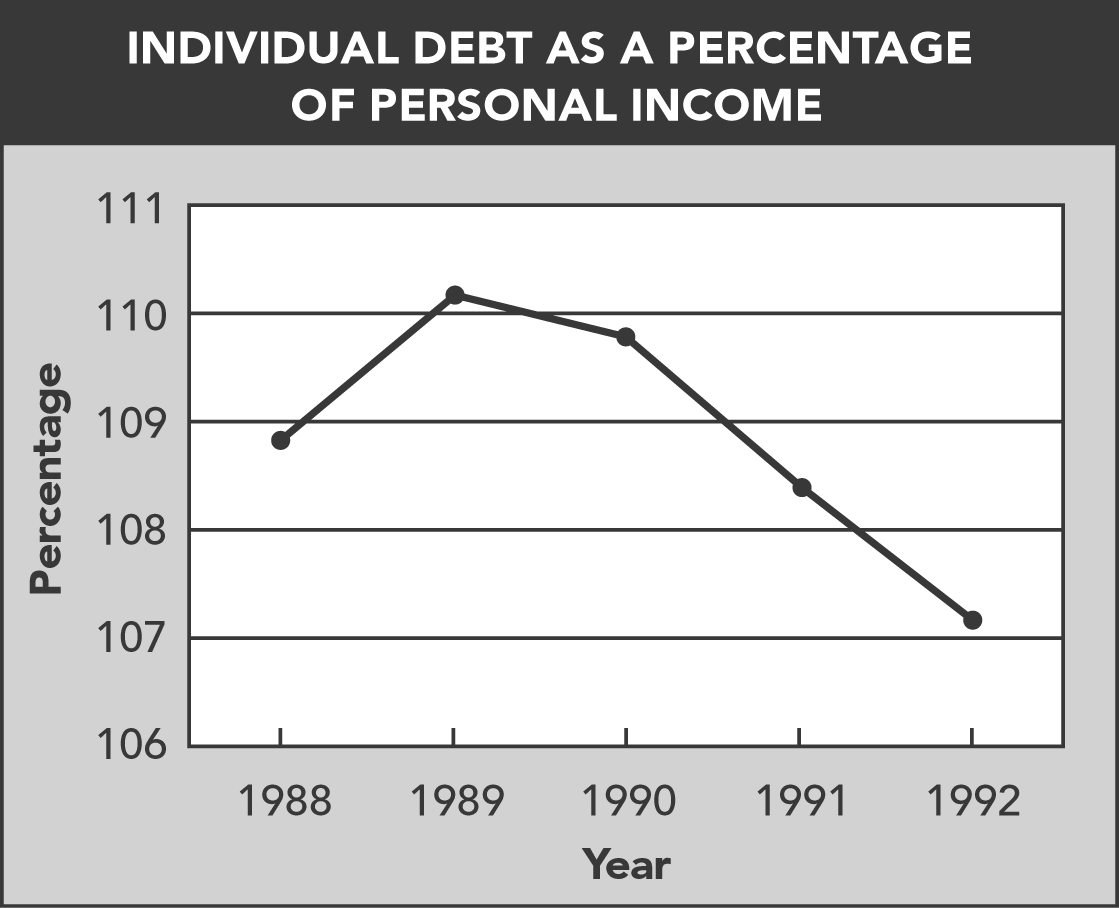The Social Studies Test examines a test-taker’s ability to understand and to use knowledge and information about important concepts, principles, developments, and issues that comprise a high school social studies education. Cognitive Levels and Content AreasThe test consists of 50 multiple-choice items that require test-takers to answer questions based on reading passages or interpreting graphs, charts, maps, cartoons, diagrams, or photographs. Each item examines the test-taker’s capabilities at one of the following cognitive levels: - Comprehension (20%)
- Application (20%)
- Analysis (40%)
- Evaluation (20%)
Items on the Social Studies Test are drawn from major concepts within the national standards in history: U.S. HISTORY (25%)- Colonization, Revolution and the New Nation (1763–1820)
- Western Expansion, Civil War Era, Rise of the Industrial U.S. (1801–1900)
- Emerging World Power: Imperialism, WWI, WWII, and the Great Depression; Postwar U.S.; Contemporary U.S.; Enduring Issues (1890–present)
WORLD HISTORY (15%)- Beginnings and Early Civilizations (10,000–1000 BCE)
- Classical Traditions, Major Empires, World Religions, Feudalism to Nation State, First Global Age (1000 BCE–1770)
- Age of Revolution (1750–1914)
- Half-Century of Crisis (1900–1945)
- Twentieth Century (1945–present)
GEOGRAPHY (15%)- World in Spatial Terms
- Places, Regions, and Physical Systems
- Human Systems, the Environment, and Society
- Uses of Geography
CIVICS AND GOVERNMENT (25%)- Civic Life, Politics, and Government
- Foundations of the American Political System
- American Government
- Relationship of the U.S. to Other Nations
- Role of Citizens in American Democracy
ECONOMICS (20%)- Economic Reasoning and Choice
- Comparison of Modern Economic Systems, Business in a Free Enterprise System, Production, Consumers
- Financial Institutions, Government’s Role in the Economy, Labor and the Economy, Global Markets and Foreign Trade
Sources: Standards for History, 1996; Geography for Life: National Geography Standards, 1994; National Standards for Civics and Government 1994; Voluntary National Content Standards in Economics, 1997 Test items also indirectly address the following interdisciplinary themes developed by the National Council for the Social Studies: - Culture
- Time, Continuity, and Change
- People, Places, and Environments
- Individual Development and Identity
- Individuals, Groups, and Institutions
- Power, Authority, and Governance
- Production, Distribution, and Consumption
- Science, Technology, and Society
- Global Connections
- Civic Ideals and Practice
While it is obvious how certain themes relate to the specific content standards in history (Production, Distribution, and Consumption to Economics, for example), the majority of these themes are interwoven throughout the content areas. Context and FormatIn addition to the major concepts from the five content areas, the subjects of the passages and graphics on the Social Studies Test relate to practical and intellectual experiences. Test-takers are able to answer many questions based on their experiences as citizens, consumers, and workers both in the United States and the world. Approximately 60 percent of the questions relate to global and international issues, and approximately 40 percent of the questions relate to national issues. Test items are based on one of the following three types of source materials: - Excerpts from narratives, high school textbooks, editorials, speeches, newspaper or newsmagazine articles, and historical documents (20%)
- Visual aids, such as maps, graphs, charts, diagrams, political cartoons, photographs, lithographs, and works of art (40%)
- Excerpts and narratives, such as a map and a narrative or a photograph and a political cartoon (40%)
In addition, the test includes an excerpt from a key historical document (the Declaration of Independence, the Federalist Papers, the U.S. Constitution, or a landmark Supreme Court case) and a practical document (such as a voter registration application, a federal or state income tax form, or a credit report). Items will either be part of a set of 4–7 questions (60%) or in single question format (40%). Below is an example of a typical social studies item:  <a onClick="window.open('/olcweb/cgi/pluginpop.cgi?it=gif::SS Graph::/sites/dl/free/0809222299/45392/SSGraph.gif','popWin', 'width=416,height=366,resizable,scrollbars');" href="#"><img valign="absmiddle" height="16" width="16" border="0" src="/olcweb/styles/shared/linkicons/image.gif">SS Graph (27.0K)</a>SS Graph <a onClick="window.open('/olcweb/cgi/pluginpop.cgi?it=gif::SS Graph::/sites/dl/free/0809222299/45392/SSGraph.gif','popWin', 'width=416,height=366,resizable,scrollbars');" href="#"><img valign="absmiddle" height="16" width="16" border="0" src="/olcweb/styles/shared/linkicons/image.gif">SS Graph (27.0K)</a>SS GraphAccording to the information in this graph, what was the relationship between individual debt and personal income during the five-year period shown?
(1) Individual debt always exceeded personal income.
(2) Individual debt increased in proportion to personal income.
(3) Individual debt and personal income held steady throughout.
(4) Individual debt and personal income fluctuated together.
(5) Individual debt forced a lowering of personal income.
The correct answer to this item is option (1). All of the figures indicate a total debt of more than 100 percent. That means that individual debt exceeded personal income.
|



 2002 McGraw-Hill Higher Education
2002 McGraw-Hill Higher Education

 2002 McGraw-Hill Higher Education
2002 McGraw-Hill Higher Education